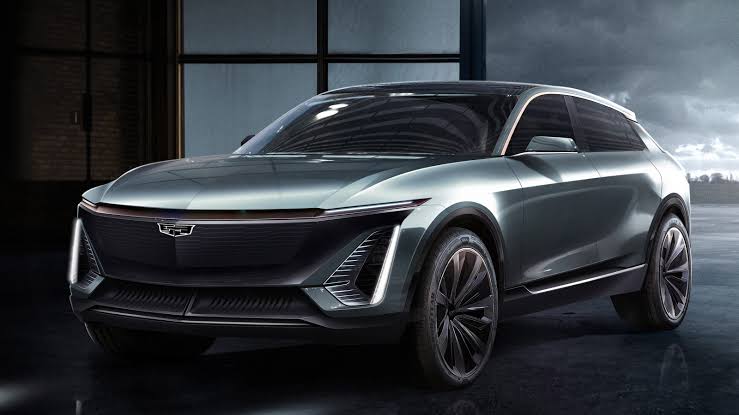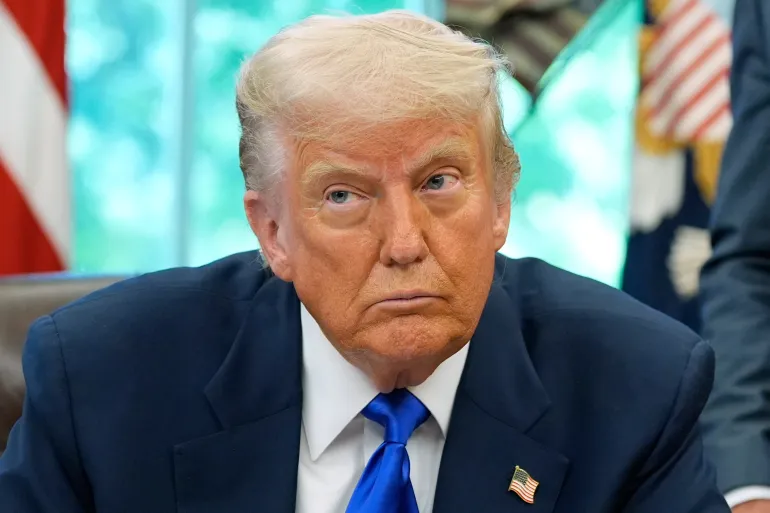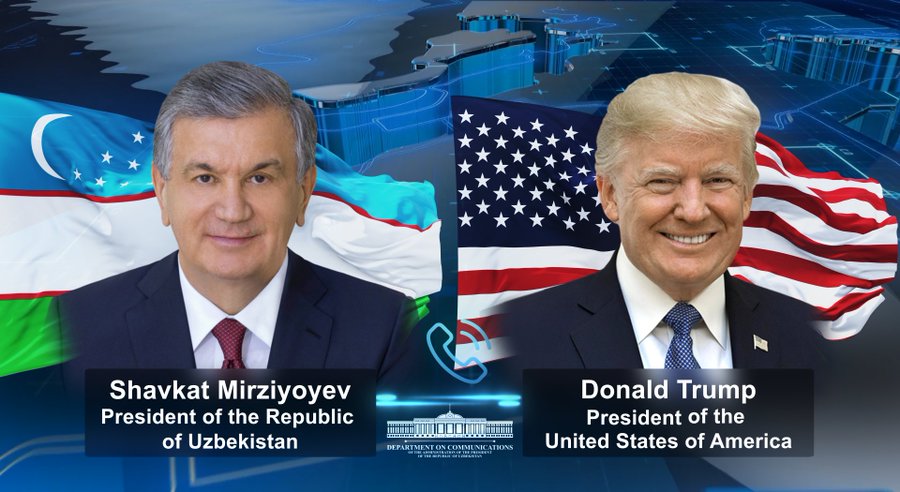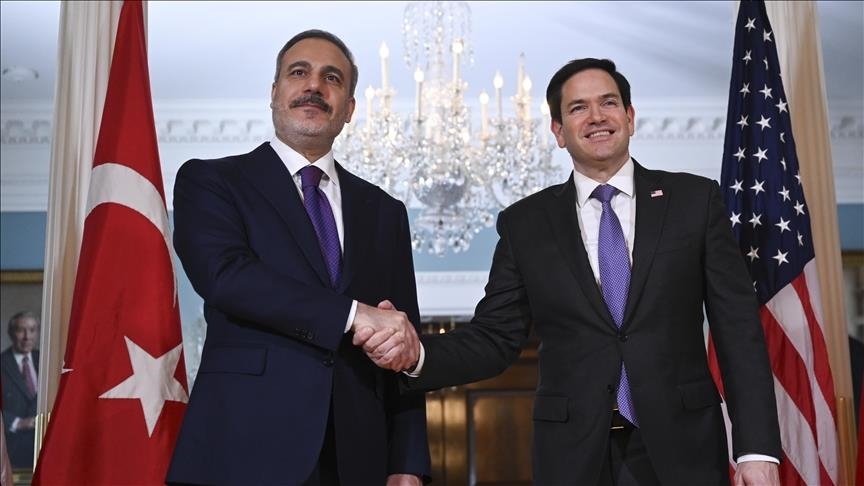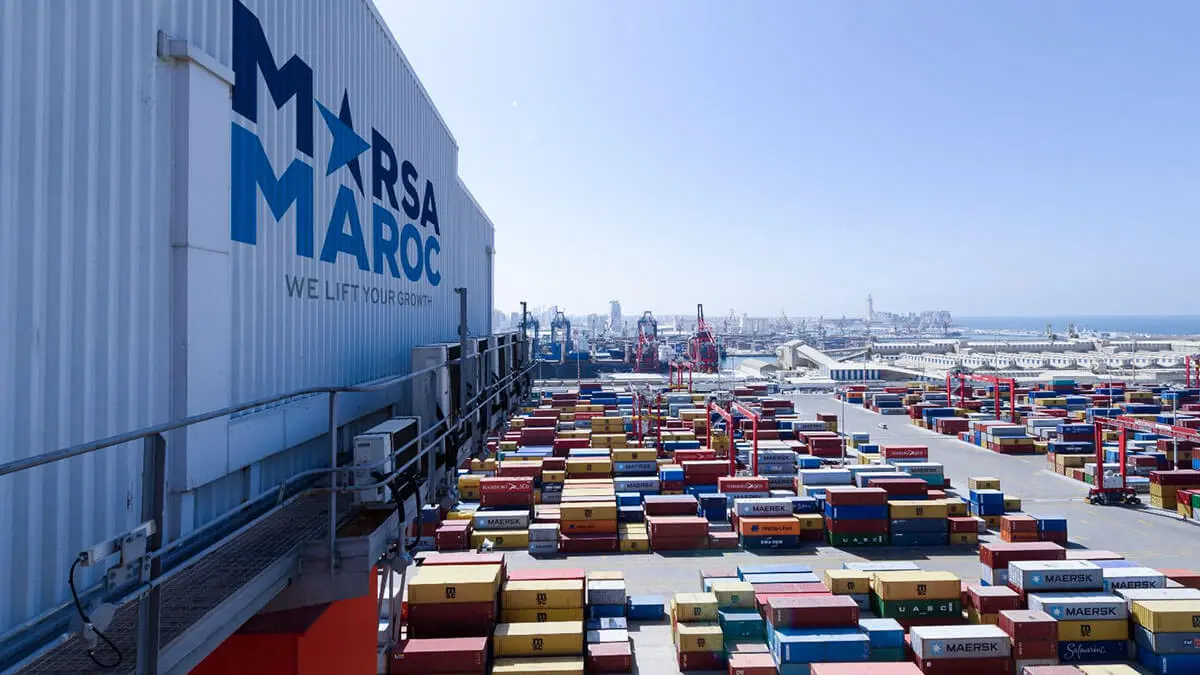New York, December 05, 2023, The Europe Today: Growing sales of electric vehicles in recent years have led forecasters to speed their projections for when global oil use will peak, as public subsidies and improved technology help consumers overcome the sometimes eye-popping sticker prices for battery-powered cars, according to industry experts.
There is plenty of hand-wringing on display at the COP28 climate conference in Dubai about the slow pace of reducing the consumption of fossil fuels to fight climate change. But one positive that delegates can point to is the growing fleet of electric vehicles worldwide that is already making a surprisingly big dent in demand.
The Paris-based International Energy Agency (IEA), a grouping of 29 industrialized nations, expects world oil consumption to hit its zenith at the end of this decade at 103 million barrels per day, after making regular adjustments from its 2017 forecast of a nearly 105 million bpd peak in 2040.
“The game-changer has been the policy support for the shift to electrification quite substantially reducing oil demand from transportation sector, which has been the key driver of global oil demand growth,” said Apostolos Petropoulos, an energy modeler at the IEA.
Oil giant BP has pushed forward its global peak oil demand projections, while the governments of both the United States and China – the world’s two biggest oil users – have ratcheted back their domestic consumption forecasts.
Transportation is responsible for about 60% of world oil demand, with the United States alone accounting for around 10%, according to the IEA. That share should fall, as the IEA expects EVs will have erased some 5 million barrels per day of world oil demand by 2030.
Global EV sales now make up about 13% of all vehicle sales and are likely to rise to between 40%-45% of the market by the end of the decade, according to the IEA. That is thanks to a blend of increasingly stringent efficiency standards and subsidies introduced by various governments about the world since the 2015 Paris Agreement to hold global warming to within 1.5 degrees Celsius (2.7 degrees Fahrenheit) above pre-industrial temperatures.
The latest subsidy measures include the U.S. Inflation Reduction Act’s $7,500 tax credit for purchasing a new EV, passed last year and intended to help offset high sticker prices.
While those numbers are big, the IEA has said EV sales would need to be even higher – on the order of 70% of the market by 2030 – to keep to the Paris Agreement target for limiting warming.
